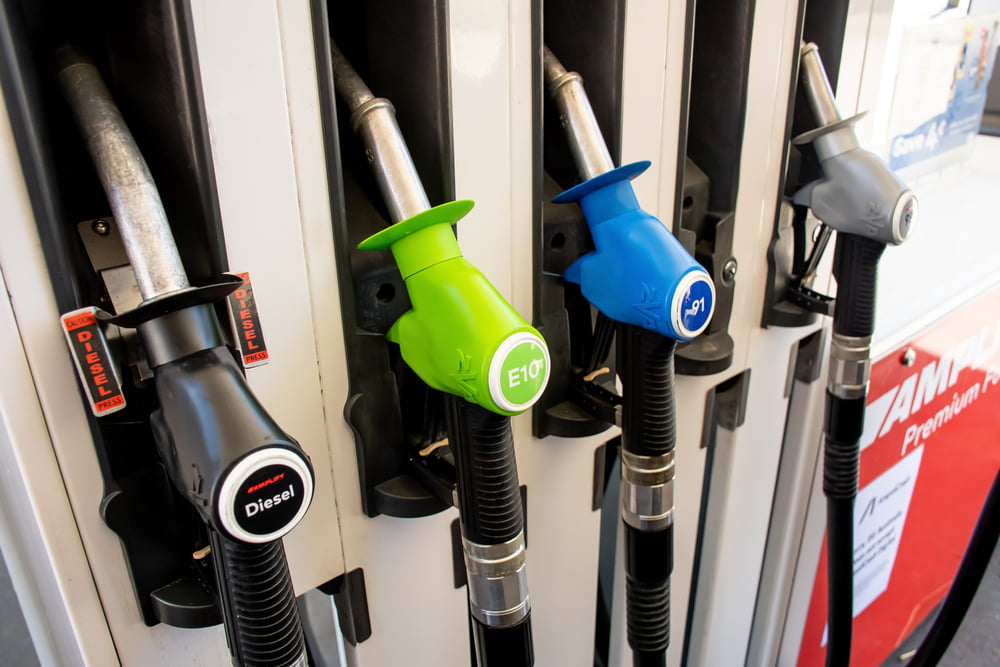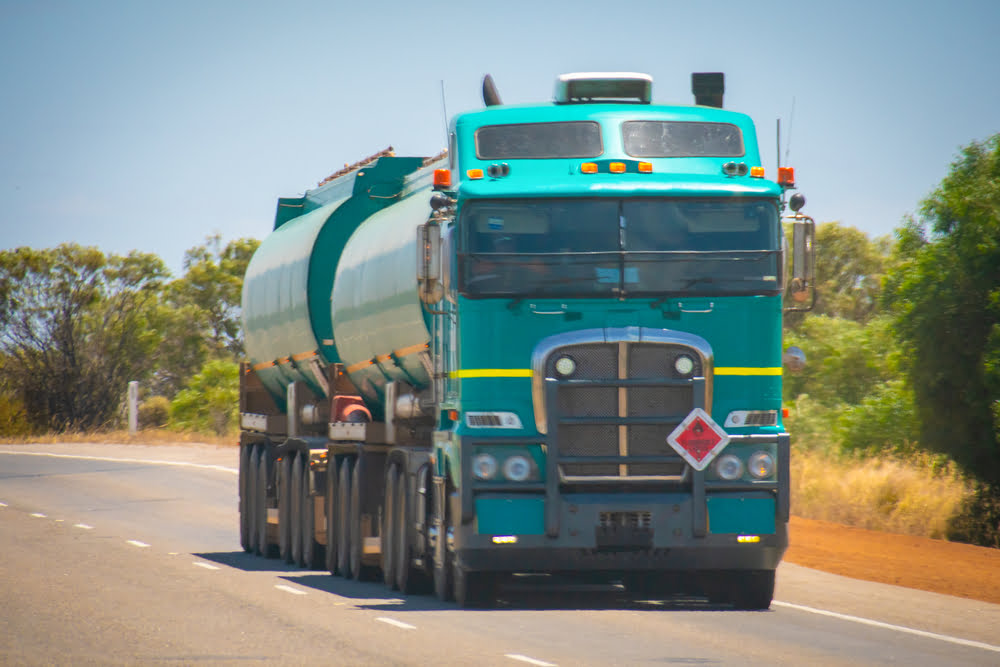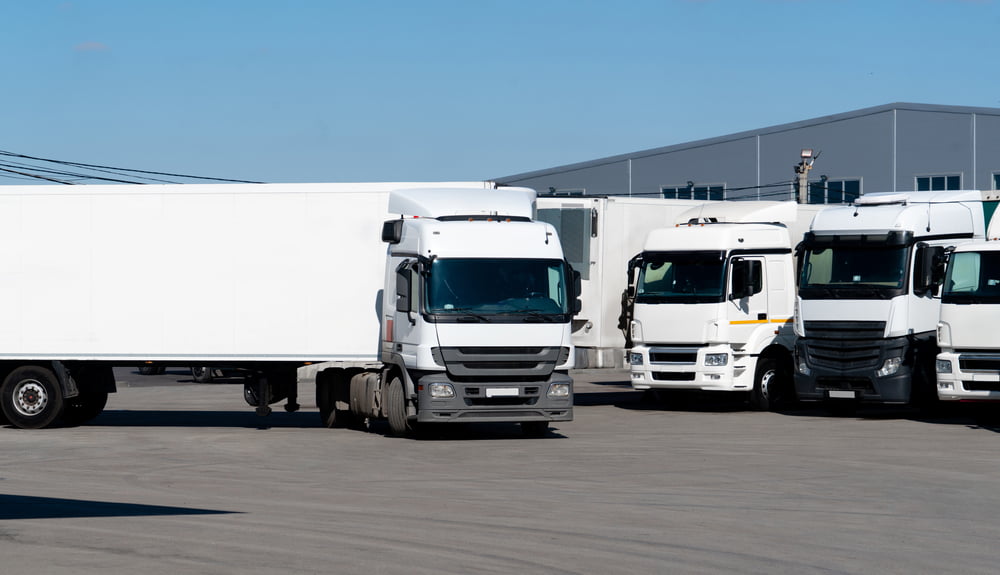A large portion of your fleet’s fuel costs are out of your control. Telematics is changing that, putting management back in your hands so you can manage fleet fuel efficiently.
Telematics for fuel management is a cutting-edge solution that tracks vehicle performance and driver behaviour to optimise fuel usage. Implementing telematics to manage fleet fuel can result in remarkable reductions in fuel consumption. As Max Girault, Inauro’s Chief Commercial Officer, says, “Like any monitoring system, once you start measuring things, you can actually start doing something about it.”
In this article, we explore how to reduce fuel for your business using telematics to transform fleet fuel management.
Understanding telematics for fuel management
The interesting thing about using telematics to manage your fleet’s fuel use is that you can measure multiple aspects of the vehicle and how it’s operated to optimise fuel usage effectively.
According to Max, one of the main ways telematics can help to reduce fuel costs is through behaviour monitoring. He says drivers become more cautious, reducing rapid acceleration, harsh braking and aggressive cornering when they know their driving habits are being monitored. All of these driver behaviours contribute to higher fuel consumption.
“Even without installing the actual telematics, one company in the UK saw a 9% reduction in fuel consumption,” he shares. “How? They simply told their drivers that they would be tracked.”
Telematics also helps manage vehicle health, such as monitoring fault codes so issues can be promptly and efficiently addressed. Max gives the example of a vehicle with an engine warning light. If the vehicle runs for 300 km with the warning light on, it will likely use more fuel than if that warning is addressed quickly.
Fleet managers can also use telematics for fuel management by optimising routes or monitoring idling times, both significant sources of fuel waste.
“With telematics data, you can understand how people are getting from point A to point B,” explains Max. “When you have that data, you can then determine if there’s a more fuel-efficient route to follow.”
The benefits of fleet telematics for fuel efficiency
Whether you’re considering the benefits of telematics in construction or telematics in logistics and transportation, cost is a huge factor.
“In some cases, 15 to 20% of the project cost is fuel,” reveals Max. “It’s absolutely a big thing to manage.”
Management of fuel using telematics can reduce costs and has a host of other benefits for the business.
Positive ESG (environmental, social and governance) impacts
By providing detailed data on fuel usage, telematics systems allow businesses to identify inefficiencies and areas where fuel consumption can be reduced, encouraging a shift to more efficient energy sources. “Without having data on the current state of play, it’s really hard to manage that transition,” adds Max.
Telematics can also play a crucial role in ESG fleet management by providing data that can help reduce emissions and improve fuel efficiency.
Meeting compliance
Reconciling fuel cards is a compliance challenge for finance departments and companies with large fleets. Verifying fuel transactions are correctly attributed to vehicles and drivers is crucial. Telematics helps prevent misuse and simplifies the reconciliation process.
Assessing vehicle fuel economy
Fleet telematics and fuel efficiency go hand in hand. Telematics allows fleet managers to compare the fuel economy of different vehicle models.
“If you’re investing in 300 vehicles, knowing which ones are going to cost you less over their lifetime is an important metric,” argues Max.
Streamlining tax credit claims
Claiming fuel tax credits through the Australian Tax Office can help recoup some fuel costs. Telematics can help streamline fuel tax credit claims by aggregating data and providing a comprehensive view of the fleet’s fuel usage. This reduces the effort and cost of compliance while maximising possible financial returns from tax credits.
Optimising services and inspections
Telematics can help identify vehicles that need maintenance, ensuring optimal performance and fuel efficiency. Max uses the example of a vehicle that uses more fuel than others of the same model.
“Telematics will put the spotlight on that vehicle and flag it for inspection,” he explains.
Better driver behaviour management
By tracking driving patterns and providing feedback, telematics encourages safer and more fuel-efficient driving.
While this feedback has generally been an awkward conversation between manager and employee, telematics has gamified driver behaviour with tools like automated driver scorecards.
“If people are aware of their driving behaviour, they can then choose to do something about it,” adds Max.
How to leverage telematics for fuel consumption
The data telematics gives you is just one piece of the puzzle. If you don’t effectively leverage the data across the business, it’s a wasted opportunity.
Max advocates for looking past the telematics.
“The big selling point for companies is to reduce fuel and costs,” he explains. “But beyond that, you have all this data you can use along the value chain.”
Start by ensuring you get the right level of training for the right person. Then, provide the proper reporting to your purchasing team so they can make better decisions about the fleet.
“Once you start using this data more pervasively inside the organisation is when you really take it to the next level,” finishes Max.
Maximise telematics fuel management with Inauro
Adopting telematics for fuel management reduces costs and boosts efficiency. Partner with Inauro for a tailored solution to help you integrate telematics effectively, maximising the savings and operational benefits.



